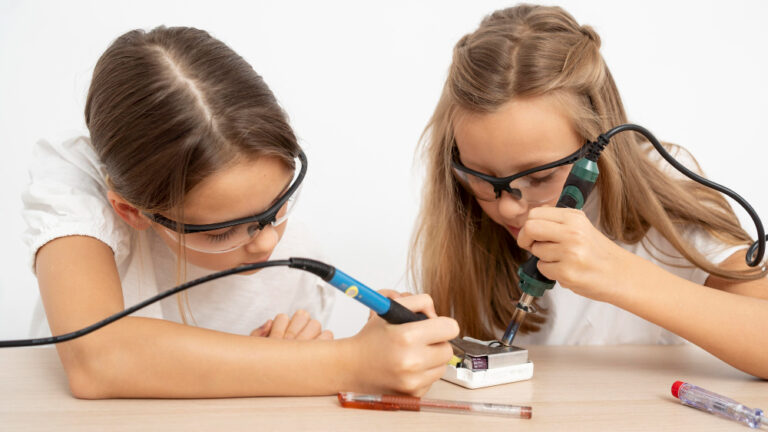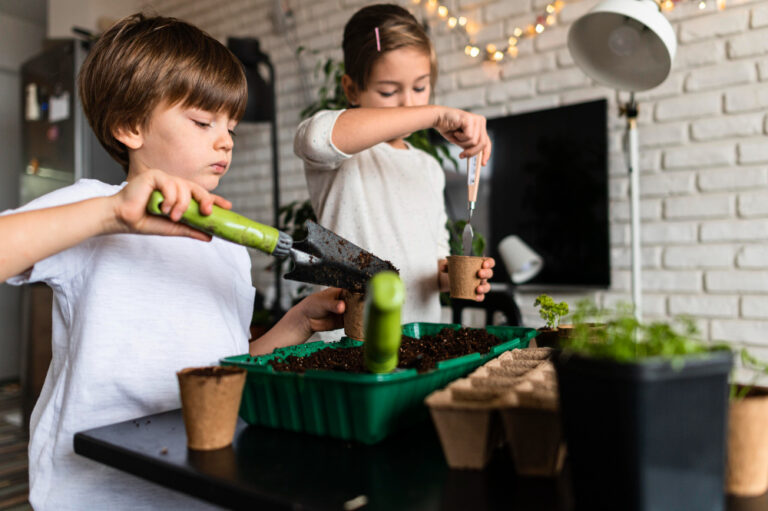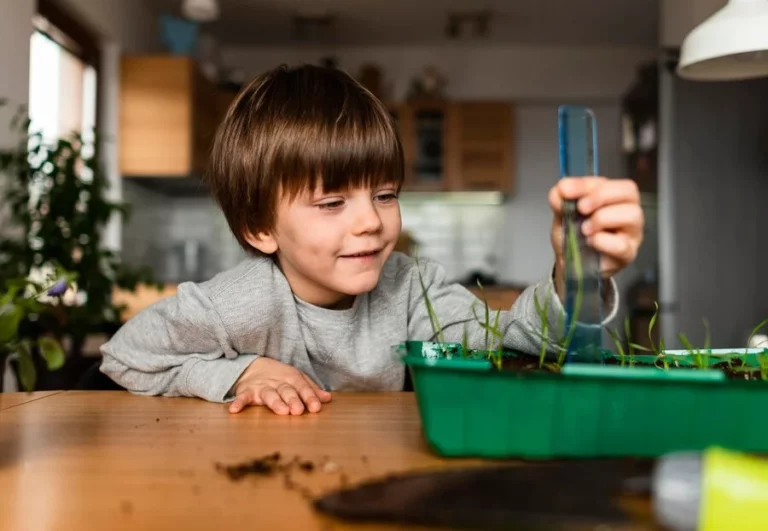DIY STEM games combine the combination of fun and learning. They’re all about engaging in hands-on experiences that explore science, technology, engineering, and math in new ways. These games engage everyone, regardless of age, exploring scientific ideas, tech principles, design in engineering, and problem-solving in math. What’s awesome about DIY STEM games?
They’re super accessible and adaptable. They’re often built with household items, are inexpensive, and may be adapted to different ability levels, making learning an adventure for everyone involved.
The Impact of DIY STEM Games
DIY STEM games make a big difference in learning. They’re like super fun teachers, sneaking science, tech, engineering, and math lessons into games. These games make learning feel like playing and help you think smart. They’re like a cool bridge between fun and learning, making tricky stuff easier to understand. The best part is that they show anyone can get into STEM; no fancy stuff is needed. These games act as sparks that kindle creativity and curiosity, making learning an enjoyable experience.
5 STEM Activities that Can Easily Conduct at Home
Here are some STEM Activities that Can Easily Conduct at Home:
DIY Electric Circuit (Science & Technology)
You’ll need a few simple items from around the house: a battery, some wires (you can use old cables or wires from headphones), and a small bulb or LED light. First, ensure the battery has a positive (+) and a negative (-) end. Take a wire and connect one end to the positive side of the battery. Then, connect the other end of the wire to one end of the bulb or LED light. Now, take another wire and connect one end to the negative side of the battery. Finally, connect the other end of this wire to the opposite end of the bulb or LED light.
You’ve created a simple electric circuit! When the wires make a complete path from the positive side of the battery through the bulb and back to the negative side, it allows the electricity to flow and light up the bulb. Remember, safety first; always be careful when working with electricity, and make sure an adult is around to help. This experiment helps you understand how electricity flows and makes a simple circuit work, showing the amazing power of science and tech right at home.
Shape Exploration with Household Objects (Maths)
Start by gathering various household items like cans, boxes, balls, or anything with different shapes. Then, have fun sorting and grouping them based on their shapes, like gathering all the round things or sorting by the number of sides. For instance, you might collect cans (cylinder shapes), boxes (rectangular shapes), and balls (spherical shapes). Organize them into groups and talk about the shapes you find. Count the sides of the boxes, notice the curves on the cans, and feel the smoothness of the balls.
Now, Try matching objects with similar shapes, like finding items with a triangular form or objects with circular shapes. This activity helps you understand shapes in everyday objects and turns your home into a cool geometry playground. So, grab those household items and let the shape exploration start; it’s like a fun puzzle adventure right at home.
Growing Plants Experiment (Science)
Growing plants at home isn’t just about greenery; it’s a fantastic science experiment that’s super easy and fun. Here’s how you can get started:
First, grab some small pots or containers, maybe reuse old yogurt cups or small plastic pots. Fill these containers with soil, and leave some space at the top. Now, it’s time for planting. You can use seeds from fruits, herbs, or even beans. Dig small holes in the soil, drop a seed into each hole, and cover them gently with soil. Give them a sip of water, but not too much, just enough to moisten the soil.
Find a sunny spot for your pots, like a windowsill or a balcony, to soak up sunlight. Plants love sunlight. Remember to check the soil regularly. When it feels dry, give your plants a little drink. Every day, observe your plants as they grow. It’s not just about watching plants grow; it’s a hands-on lesson in nature and science right in your home. Enjoy the wonder of seeing those tiny seeds turn into growing plants; it’s like having your mini garden adventure.
Paper Airplane Engineering Challenge (Engineering & Physics)
The Paper Airplane Engineering Challenge isn’t just about folding paper; it’s a hands-on lesson in engineering and physics. It teaches problem-solving by experimenting with designs and observing how changes affect flight. Plus, it’s a fun way to explore physics principles, learning how forces like air resistance and gravity influence how far your planes soar.
First of all, gather some paper; Regular printer paper works great. Now, it’s time to get creative. Fold the paper into different airplane designs. Experiment with various folds and shapes to see how they affect the airplane’s flight. Try making airplanes with different wing sizes, shapes, or tail designs. Test-fly each one and observe how far they go and how straight they fly.
Now, Think like an engineer! What changes can you make to improve the flight? Adjust the folds or add some weight with paper clips. Remember the physics; observe how air resistance and gravity influence the flight. The best part is that It’s a mix of fun and learning. You’re becoming an engineer by designing and testing airplanes, all while discovering how physics affects flight. It’s like having your flying lab right at home.
Water Bottle Rocket Launch (Science & Engineering)
The Water Bottle Rocket Launch is more than just a fun game; it’s also a science and engineering education, demonstrating force concepts and aerodynamics in action. It turns an ordinary bottle into an interesting educational tool, sparking interest in how pressure and force work to move objects into the sky.
Start by grabbing a plastic bottle and filling it about one-third with water. Then, find a bicycle pump and attach it to the bottle’s opening tightly. The exciting part is Pumping air into the bottle using the bicycle pump. As pressure builds up inside, the water and air mixture create thrust, launching your rocket skyward.
Well, it’s a hands-on lesson in force and aerodynamics. You’re exploring how pressure and forces make things move, all while having a blast watching your homemade rocket fly into the air. Remember, safety comes first. Ensure you’re in an open area, away from people or buildings, and supervise kids during the launch. Get ready for an exciting adventure that turns a simple bottle into a rocket, teaching science and engineering in the coolest way possible.
Conclusion
In conclusion, these STEM activities at home are more than fun and games. They’re exciting gateways to understanding the world of science, technology, engineering, and math. They spark curiosity, encourage problem-solving, and show that learning from your living room can be thrilling. Whether it’s growing plants, launching water bottle rockets, or exploring shapes with household items, these activities turn everyday moments into opportunities to discover, create, and explore the wonders of the STEM universe. So, dive in, get your hands dirty, and let the joy of learning rise high.






